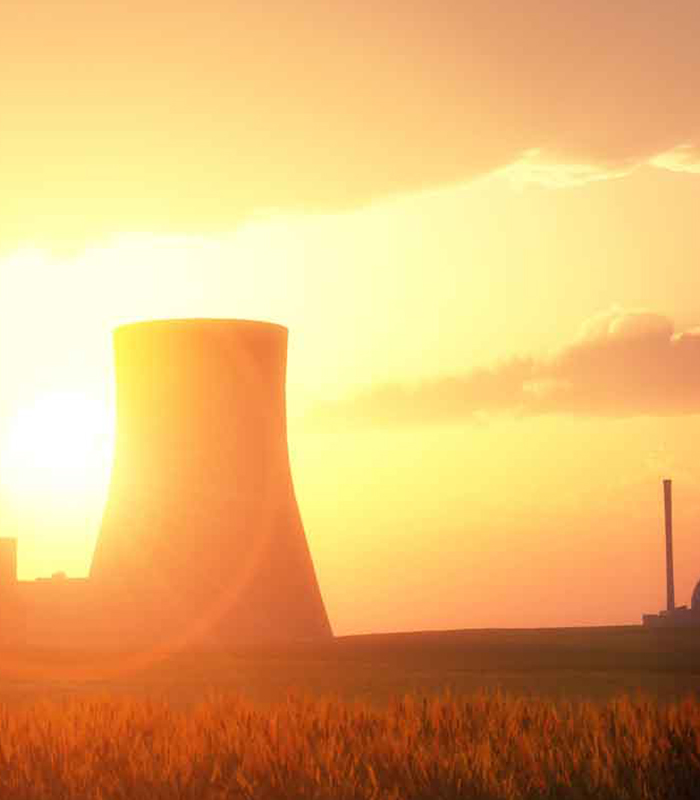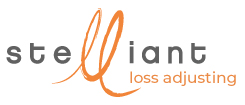Nuclear risks: atomic energy loss adjusting
The nuclear industry has been one of the most regulated and monitored industries since the beginning of its development because of the potentially serious consequences if an accident occurs. Incidents are infrequent but often have major impacts on production capacity. Repair operations are generally complex and are carried out within…
The nuclear industry has been one of the most regulated and monitored industries since the beginning of its development because of the potentially serious consequences if an accident occurs. Incidents are infrequent but often have major impacts on production capacity. Repair operations are generally complex and are carried out within a very demanding regulatory framework. When an incident occurs, each player involved wants to have a rapid response in order to regain the use of their production capacity or restart their activity as quickly as possible. Our loss adjusters have a wide range of skills in the technical and regulatory fields in order to effectively help companies, like their insurers, to control the consequences of an incident and to act in the interests of all parties involved.
Nuclear risks, specific legal and technical framework

Nuclear activities are very diverse and involve any sector that uses or implements radioactive substances or ionising radiation. Although these installations and activities are highly monitored and controlled, there is no such thing as zero risk. Depending on their nature and the risks they present, nuclear activities are subject to a specific legal regime:
- the framework for installations classified for environmental protection (ICPE), covering industrial activities that use unsealed radioactive sources, disposal facilities, storage or disposal of solid ore tailings, etc.;
- the framework for basic nuclear installations (INB), such as nuclear reactors, set out in article L. 593-1 of the French Environmental Code;
- the framework for secret basic nuclear installations (INBS) which falls under the French Defence Code;
- the framework for what is called “proximity nuclear”, which includes medical, industrial and research work that uses ionising radiation or radioactive sources and is governed by the French Public Health Code.
- the framework for radioactive substance transport is based on transport regulation SSR-6 published by the IAEA.
Beyond the purely regulatory aspect, these activities are subject to various risks: in medical imaging (radiology and nuclear medicine), or in therapy (external radiotherapy, brachytherapy and nuclear medicine), the protection of persons exposed for medical purposes is the responsibility of the practitioner.
As far as nuclear power plants are concerned, they are subject to the control of different governmental organisations… Important safety provisions are taken to limit the nuclear risks that could lead to any serious accident in the plant.
However, these risks remain: the water circuit of the reactor can break, causing the release of radioactive elements into the atmosphere or into the surrounding rivers. More seriously, the fuel could melt and release highly radioactive products into the environment.
A technical intervention with nuclear risk specialists

Medical, industrial, energy, transport, research, defence… The variety of nuclear activities and fields requires the intervention of loss adjusters specialised in energy, in terms of insurance, legal and technical aspects. Knowledge of the technical requirements and specific regulations imposed by nuclear safety is one of the skills that have forged the reputation of Stelliant Expertise’s loss adjusters.
For example, during the replacement of nuclear fuel at an electricity production site, foreign bodies were inadvertently introduced into the open reactor vessel following the installation of temporary radiation protection. As a result, the maintenance period was extended in order to retrieve the foreign bodies before restarting operations. The supplier was blamed for the deficiency in the packaging material containing the foreign bodies.
Stelliant know-how is involved in the legal proceedings, providing concrete evidence to determine the real responsibilities, quantify the damage caused by the incident and recommend applicable solutions to contain any polluting emanations for the environment.
The Stelliant group remains a partner at each stage of the know-how process: damage assessment and analysis of the situation; implementation of protective measures
- implementation of precautionary measures ;
- identification of real responsibilities;
- management of disputes with a third party and contradictory know-how;
- quantification of material and immaterial damages;
- proposals for remedial solutions and return to activity
Safety partners for nuclear operators
In light of nuclear risks, when an incident happens, even a low-stakes one, it should be handled with the greatest care. Nuclear equipment and facility operators have the hefty responsibility of managing risks to ensure that the equipment or facilities are in good working order and the surrounding area stays safe.
Throughout this process, they can count on insurers and Stelliant Loss Adjusting’s experts to work as a team and respond quickly to handle each component of the claim.
Stelliant Loss Adjusting’s multidisciplinary response method is effective: we evaluate nuclear risks and provide, for each case, loss adjusters who are highly qualified in the technical, insurance, legal and organisational aspects. They work with the support of dedicated administrative teams who are standing ready to help.
Stelliant Loss Adjusting also brings 15 years of experience in managing mass claims and high-stakes crises. In these emergency situations, Stelliant loss adjusters stand out with their ability to quickly mobilise resources, their skill, and their coolness under pressure. In these situations, which are anything but trivial, we strive to support both insurers and policyholders as they work to get back to business quickly and safely.
key figures
years
of experience
dedicated
team
loss adjusters
specialist
